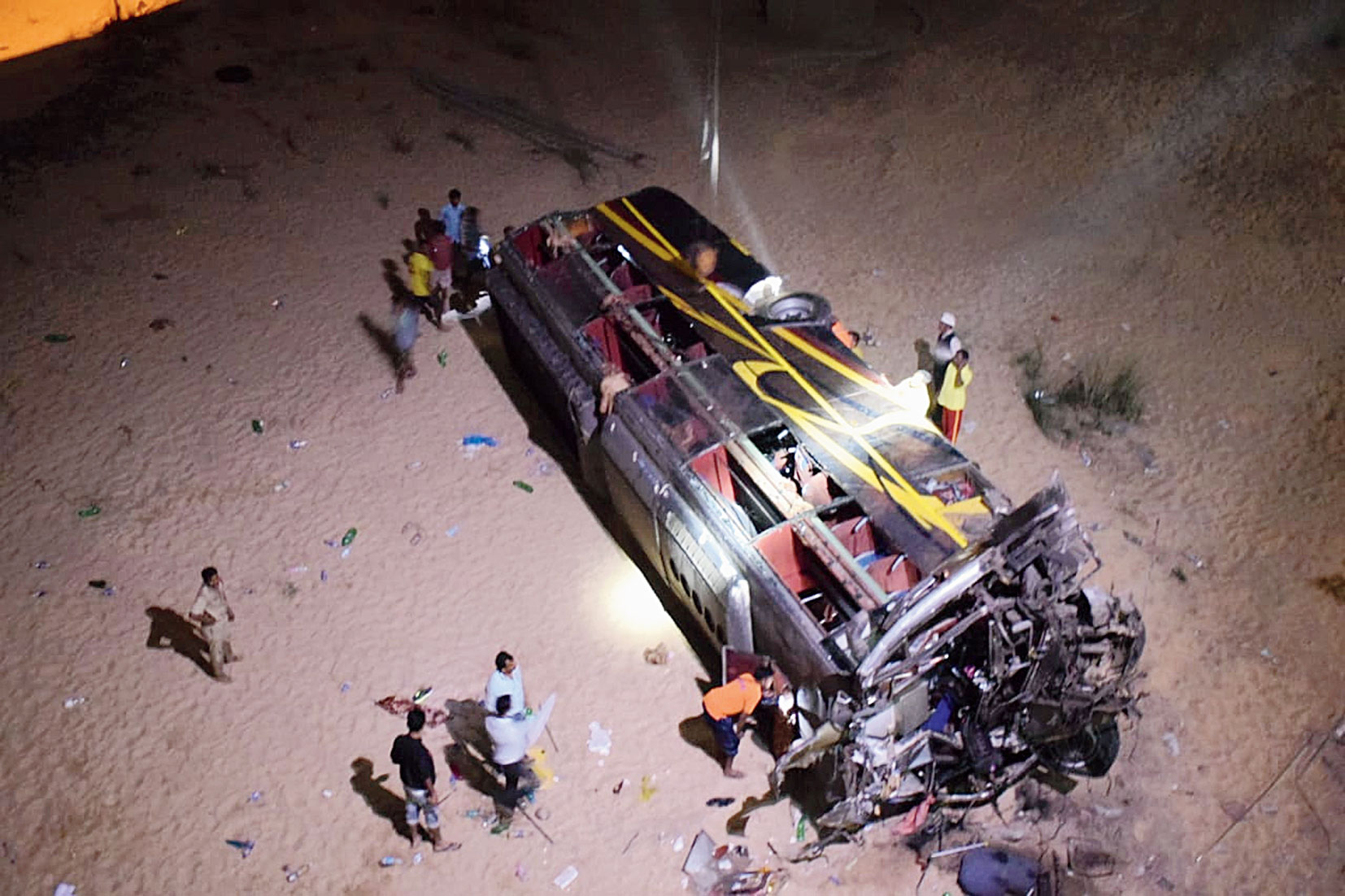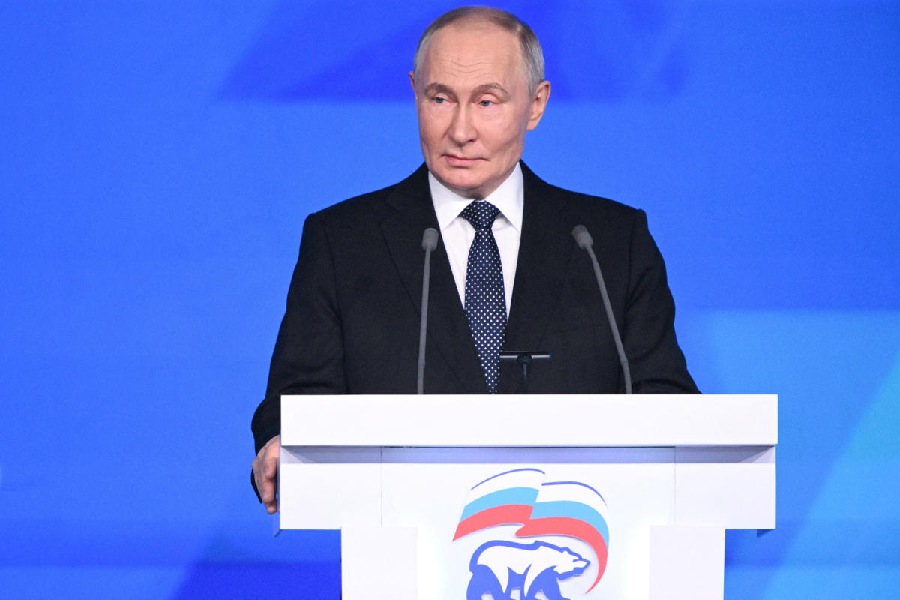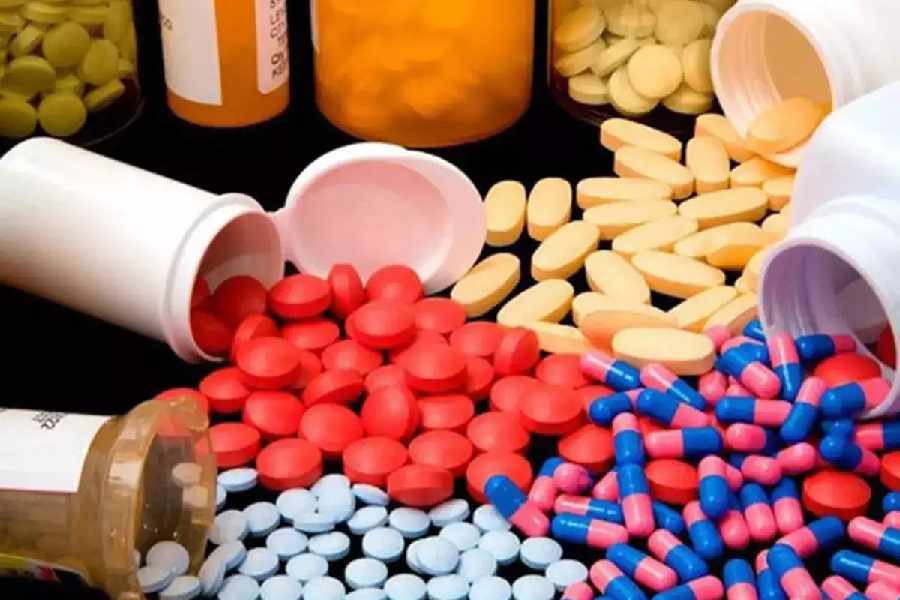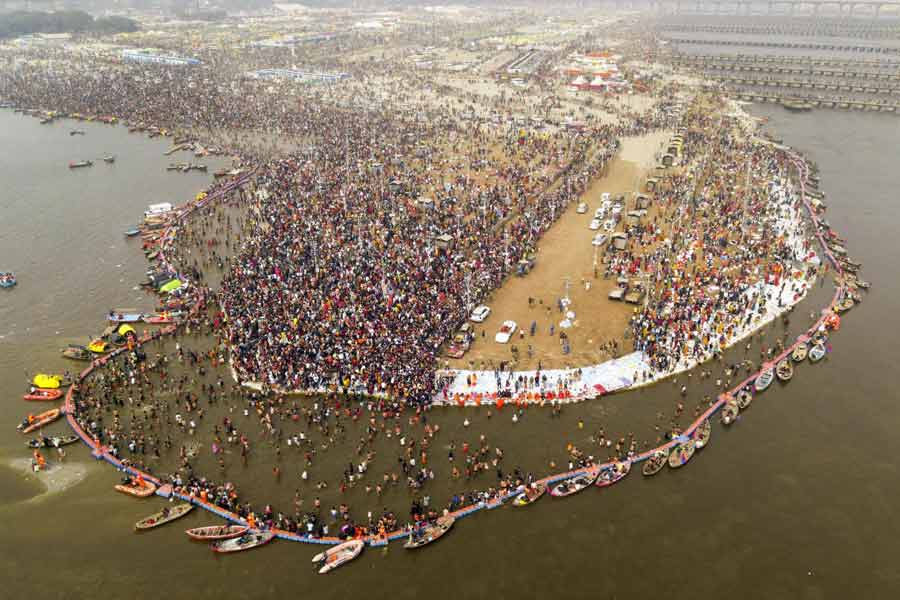The report of the joint probe team on the Mahanadi bridge bus mishap, which claimed ten lives on November 20, claims that a combination of factors could have led to the accident.
The report is based on the analysis following the inspection by Motor Vehicle Inspector (MVI) of Regional Transport Officer (Cuttack), investigating officer in the case registered by the police and the National Highways Authority of India officials.
An official source on the condition of anonymity said the mishap took place as there was darkness due to absence of lighting on the bridge, presence of a stray buffalo, driver’s rash driving and weak railings. The source also recommended immediate measures such as strengthening of railings along with installation of crash barriers on the entire length of the bridge, speed breakers and minimum 40 km speed signage.
According to the report of the joint probe team, which was submitted on Thursday, the possibility of the driver spotting the buffalo on the road would have been more if there had been proper lighting on the bridge. But the driver cannot be absolved on this ground as he was driving in high speed which is evident from distance covered by the bus (17 ft) after it fell off the bridge and hit the river bed.
Besides, if the railings been strong enough the chances of the bus breaking them and falling off the bridge would have been less, the probe team said. Jagatpur police had registered a case against the driver of the bus, Khageswar Muduli, for alleged rash driving and causing death and grievous hurt by negligence under sections 279 and 304 A of the Indian Penal Code.
The case was registered on the basis of an eyewitness account.
Muduli, is one of the critically injured survivors of the bus tragedy, who is at present undergoing treatment at the Intensive Care Unit of the trauma care ward of the S.C.B.Medical College Hospital. The police is waiting for Muduli’s recovery to continue with the investigation. A hospital sources said six of the 22 injured passengers who are under treatment at the trauma care are critical.











